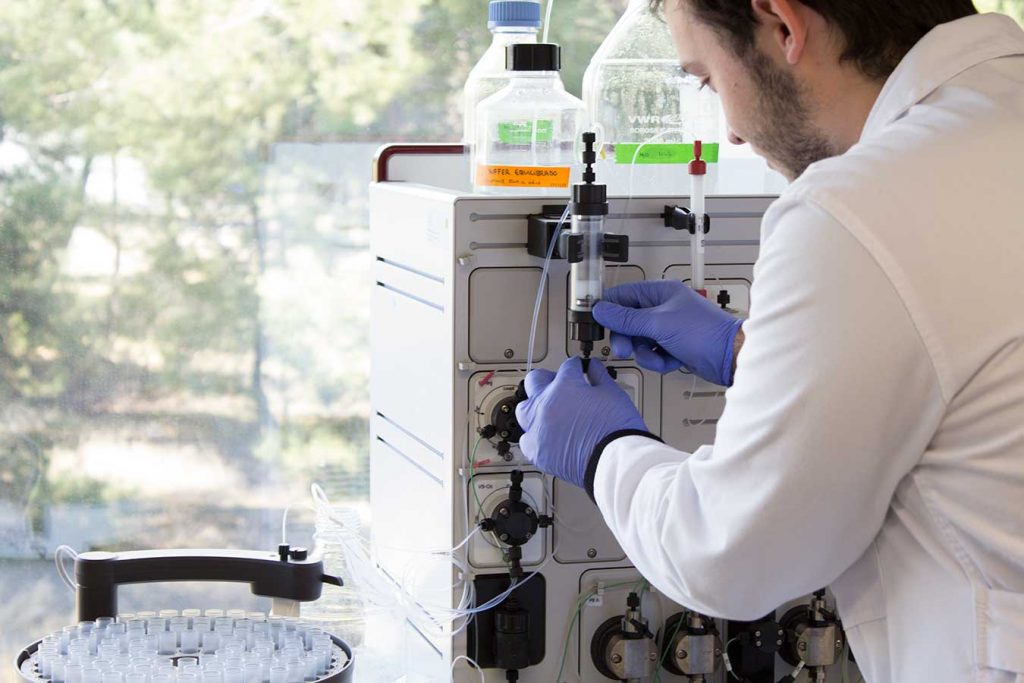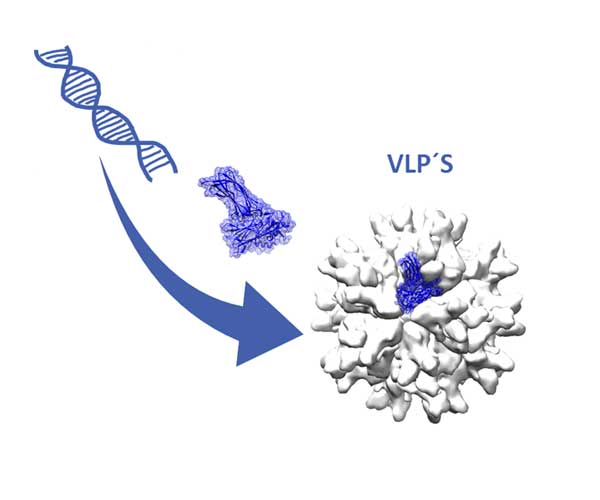OUR TECHNOLOGY
Our technology is based on the Chimeric Virus-Like Particles platform
The Ch-VLP platform is an antigen-display nanoplatform designed to induce specific immune responses against target pathologies in the veterinary field
The Ch-VLP platform is an antigen-display nanoplatform designed to induce specific immune responses against target pathologies in the veterinary field

Ch-VLPs platform technology provides an excellent opportunity to develop biotechnology-based vaccines for veterinary applications. Some of Ch-VLPs unique characteristics are:

Highest level of Biosecurity
Although modern regulatory processes require data to provide assurance of biosafety, the risk of residual virulence and reversion to pathogenic wild types that pose attenuated virus-based vaccines still remains. The alternative to this attenuated virus vaccines offered by the complete virus inactivation of killed virus-based vaccines is usually a lot less protective. Moreover, both options are a source of environmental contamination of foreign viral DNA.
Vaccines formulated with Ch-VLP platform offer a clear advantage in this respect. Being a protein-based platform, without any genetic material, provides a maximum biosecurity level and full confidence in no risk of viral infection in the field.

DIVA Vaccines
DIVA stands for Differentiating Infected from Vaccinated Animals. The immune response mediated by DIVA vaccines is slightly different from the mediated by natural infection. Thus, by using a suitable co-developed test, it is possible to distinguish between vaccinated animals and animals that have been infected by the real virus.
Usually animals thought to be infected are isolated, confined or even slaughtered. Additionally, for some diseases, vaccination is not even allowed due to the impossibility of further determination whether the animal has been in contact with the real virus or not. So, DIVA vaccines confer huge advantages for these diseases.
Since Ch-VLP platform only displays specific epitopes of the virus, by using a co-developed diagnostic test to assess reaction against other different epitopes of the real virus, it can be determined whether the animal has been in contact with the real virus or not.

High-Efficiency Products
From the initial design phase, only well-recognized and effective epitopes are selected to be specifically displayed in the Ch-VLPs.
Epitope selection is the way to focus the immune response on solely positive objectives of the target disease.
Furthermore, it has been widely demonstrated that the immune response against the epitopes displayed in particles exceeds the response of the epitopes by themselves. So, as a result of the effective epitope selection and it suitable display, Ch-VLPs generate stronger, faster and more prolonged responses of the host immune system.

Reduced Production Costs
The production costs of the Ch-VLP platform have been reduced as the technology has already been stablished to an industrial scale by VLPbio. High yields can be obtained with reduced media costs due to the scale up benefits.
VLPbio has positively demonstrated the production of Ch-VLP in different, and commonly used, protein expression platforms such us: yeast, fungi, insect cells at industrial scale.

A Huge Toolkit
The potential of Ch-VLP platform as great toolkit can be inferred from its unique characteristics, there is a huge flexibility to generate new biotechnology-based vaccines.
The platform allows the redirection of the immune-system boosting humoral or cellular (or both) responses.
Ch-VLP could also be designed to display a consensus and non-natural sequence of a certain epitope, such as combining multiple epitopes, in order to protect against different strains or viruses, or even combining different mono-components within the same formulation.
Ch-VLP Platform
Technology Basis
Our technology is based on the natural behaviour of the VP2 protein.
VP2 protein is one of the three proteins that form the capsid of the Gumboro virus (infectious bursitis disease). The VP2 monomers naturally auto-assemble to create quaternary structures in a solution, forming virus-like particles.
By applying recombinant DNA technology, the natural VP2 gene could be modified by incorporating heterologous sequences. These heterologous sequences would belong to specific epitopes carefully selected from antigens of the target disease.
The translation of this chimeric gene renders a chimeric VP2 protein that will generate chimeric Virus-like particle, displaying the heterologous material on their surface or in their internal cavities. These chimeric particles act as antigens which induce strong, humoral or cellular, protective responses in the vaccinated animals.
The versatility of our Ch-VLP platform together with our multi-disciplinary team of experts that can determine which are the most effective epitopes, lead to the development of chimeric virus-like particles to stimulate the most adequate response against the target pathology.


